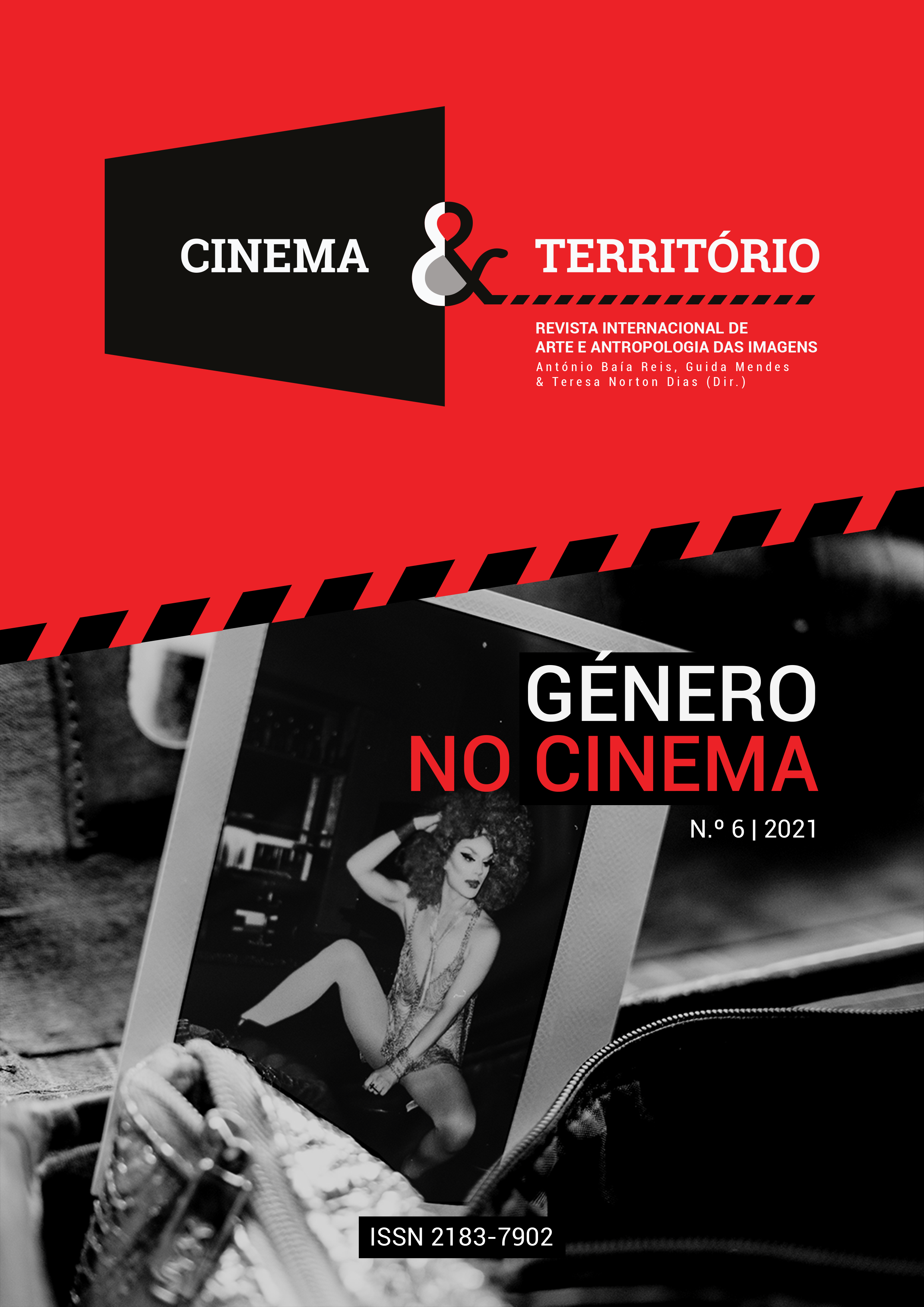Cinematic crystals in "Rain is Singing in the Village of the Dead", by João Salaviza and Renée Nader Messora
DOI:
https://doi.org/10.34640/universidademadeira2021limamartinsKeywords:
aesthetics, deterritorialisation, becoming, face, cinema, João Salaviza and Renée Nader MessoraAbstract
Focusing fundamentally on the film Chuva é Cantoria na Aldeia dos Mortos (2018), by João Salaviza and Renée Nader Messora, this article intends to problematize the relations between the regimes of perception of Amerindian ontologies, namely of the Krahô, and the phenomenology of cinema, elaborating for this purpose three primary questions: 1) the relation summoned by the film between animism, shamanism and the cinematographic qualities themselves; 2) the inexistence of a fixed identity (rather multitudes) as a result of a circulating regime of knowledge and the due implications in the (non) representation of a face; 3) approximations between the conceptualization of the crystal in the Deleuzian critique of cinema and in the anthropology of Viveiros de Castro.
References
Aumont, J. (1992). Du visage au cinéma. Paris: Ed. de l'Étoile/Cahiers du cinema.
Azanha, G. (2005). Os intelectuais indígenas e a proteção do “conhecimentos tradicional”. Paper apresentado no GT Os regimes de subjetivação ameríndios e a objetificação da cultura, XXIX Encontro Anual da Anpocs. Disponível online em https://biblioteca.trabalhoindigenista.org.br/artigos_periodicos/os-intelectuais-indigenas-ea-protecao-do-conhecimento-tradicional/.
Balázs, B. (2011). L’esprit du cinéma. Paris: Payot & Rivages.
Balázs, B. (2017). O Homem visível. Revista de Comunicação e Linguagens, 47, 213-239. Disponível online em http://www.fcsh.unl.pt/rcl/index.php/rcl/article/view/87.
Borges, J. C. & Niemeyer, F. (2012). Cantos, curas e alimentos: reflexões sobre regimes de conhecimento Krahô. Revista de Antropologia, 55 (1), 255-290. Disponível online em https://www.revistas.usp.br/ra/article/view/46966/51317.
Brasil, A. (2016). Ver por meio do invisível: o cinema como tradução xamânica. Novos estudos, CeBRAP, São Paulo, 35 (3), novembro, 125-146. Disponível online em https://repositorio.ufmg.br/handle/1843/37615.
Castro, E. V. de (1996). Os pronomes cosmológicos e o perspectivismo ameríndio. Mana, 2 (2), 115-144.
Castro, E. V. de (2002). A Inconstância da alma selvagem e outros ensaios de antropologia. São Paulo: Cosac & Naify.
Castro, E. V. de (2006). A Floresta de Cristal: notas sobre a ontologia dos espíritos amazônicos. Cadernos de Campo, 14/15, 319-338.
Cunha, M. C. da (1978). Os Mortos e os Outros. São Paulo: Hucitec.
Deleuze, G. (1985). Cinéma 2: L’Image-temps. Paris: Minuit.
Deleuze, G. (1987). Qu’est-ce que l’acte de création? Conferência proferida na La Fémis. Disponível online em https://www.webdeleuze.com/recherche?recherche=act+de+creation.
Deleuze, G. (2003). Différence et répétition. Paris: PUF.
Deleuze, G. (2006). Proust et les signes. Paris: PUF.
Deleuze, G. (2011). Francis Bacon – Lógica da sensação. Lisboa: Orfeu Negro.
Deleuze, G. & Guattari, F. (1980). Capitalisme et Schizophrénie 2: Mille Plateaux. Paris: Minuit.
Deleuze, G. & Guattari, F. (1991). Qu'est-ce que la Philosophie? Paris: Minuit.
Descola, P. (2005). Par-delá culture et nature. Paris: Gallimard.
Epstein, J. (1974). Le cinématagrophe vu de l’Etna. Écrits sur le cinéma, I, 1921-1947 (pp. 131-137). Paris: Seghers.
Gil, J. (1997). Metamorfoses do Corpo. Lisboa: Relógio d’Água.
Gil, J. (2005). A Imagem e as pequenas percepções: estética e metafenomenologia. Lisboa: Relógio d’Água.
Lima, L. & Martins, A (eds.). (2021). Fórum do Real: A Cidade do depois. Lisboa: Nip.com/Porto/Post/Doc. No prelo.
Nader, R. & Salaviza, J. (2019). Ritos de índios, ritos de brancos. Entrevista por Hugo Salustiano. Capivara, (3), abril. Disponível em https://www.revistacapivara.com/ritos-deindios.
Viegas, S. M. (2000). Trilhas: Território e identidade entre os índios do sul da Bahia/Brasil, originalmente intitulado New life to forest trails: Indian territory through colonial and modern times (Bahia/Brasil). Identities, outubro. Disponível online em http://ceas.iscte.pt/ethnografeast/Susana%20de%20Matos%20Viegas/Viegas%202001,%20Trilhas.pdf.
Downloads
Published
How to Cite
Issue
Section
License
Copyright (c) 2021 Luís Lima, Alexandra Martins

This work is licensed under a Creative Commons Attribution-NonCommercial 4.0 International License.
For more information follow the link: CC Atribuição-NãoComercial 4.0








